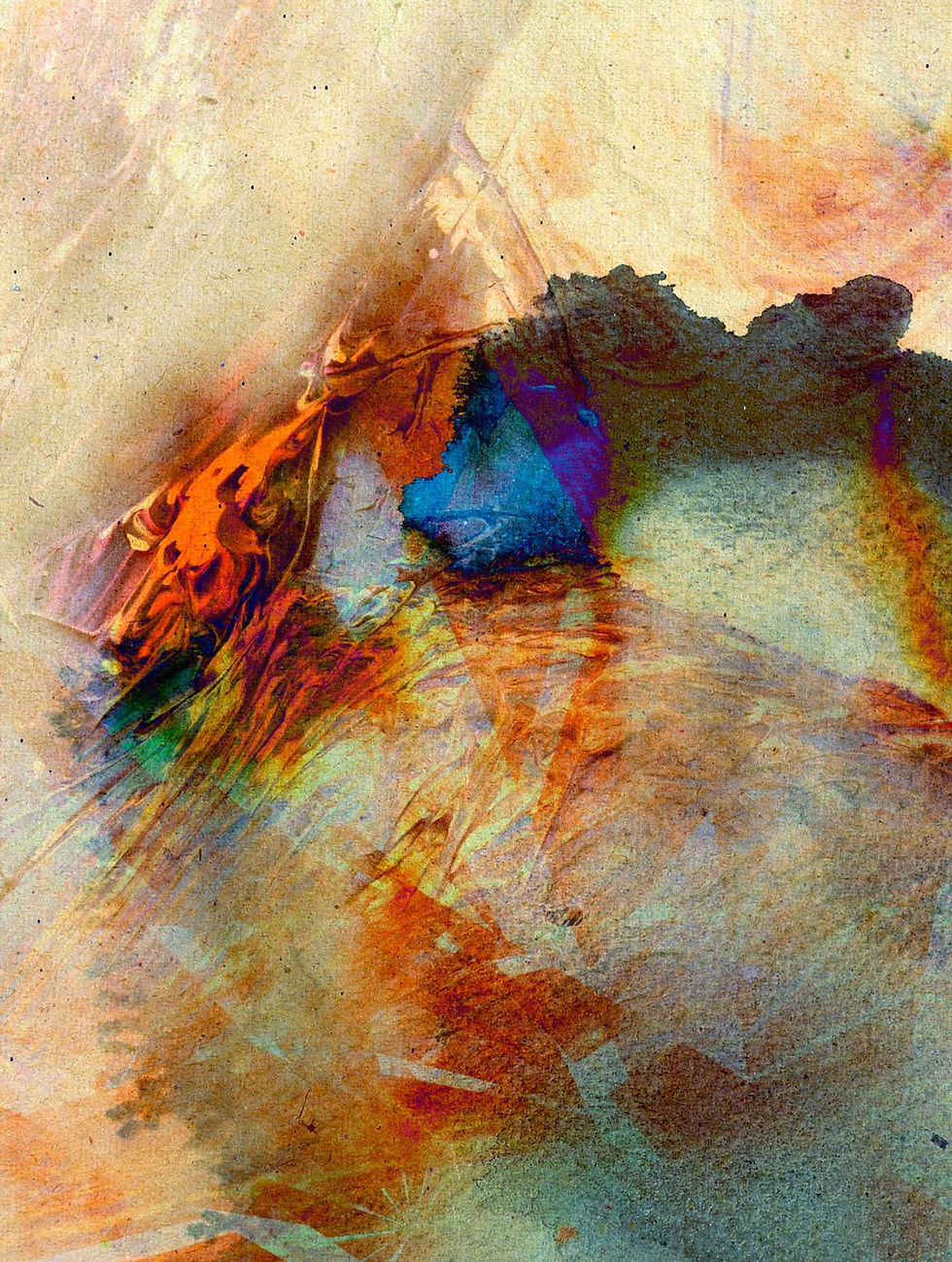Website || Soundcloud || Twitter

Kerrith Livengood is an American composer currently working as a teaching assistant professor at the University of Illinois Champaign-Urbana. Her music for me, breaks the boundaries of traditional classical music in a way that is both refreshing and needed in the 21st century. It is bold, clever, and playful, yet serious and straightforward.
My Scary Robot Voice, which The New York Times dubbed “sketchy seeming”, is a piece written for string quartet. Livengood describes that in this piece “the players play rhythms as though speaking sentences written throughout the score, sometimes like a natural speaker and sometimes in a 'scary robot voice.'” Her sense of communication between each instrument and in collaboration is incredible. While the ensemble is performing, I actually look forward to hearing the “scary robot voice” sections to see how she transitions, or even if she transitions between the more gentle natural voice of the speaker and the animatic impressions of the “robot”.
My Scary Robot Voice
If My Love For You Were An Animal is a piece written for prepared piano and soprano. It is a unique piece in that both the pianist and the vocalist have vocal parts, and both play the piano. To me, it really emphasizes elevates the “collaborative pianist” on the stage, as both performers share the spotlight in their roles. The beginning is cued as the performers look at each other. As the pianist starts playing and speaking, the soprano moves from the traditional “nook” in the piano, around the front, and sits on the bench helping the pianist “play” the notes on the piano as she starts singing. Around the middle of the piece, the performers resume their “traditional” roles while the pianist moves away from playing inside the piano, and the soprano moves back to the traditional “nook” in front of the piano. A fun and innovative piece, it does well at pushing the limits of what a classical music “song” can look like.
If My Love For You Were An Animal
Left-Handed Paths is written for interactive flute. The left hand performs the traditional notes on the flute, which leaves the set of pitches limited. However, while the left hand is playing its notes, the right hand manipulates the sound with an iPad. She explains on her website that she uses “pitch and velocity tracking to manipulate generated sounds and trigger pre-recorded samples, while the flutist's right hand uses Kyma Control on the iPad to alter reverb, panning, and other effects.” A beautiful and stunning piece that stretches the performer and leaves the audience with an “other-worldly” sense that depicts both her talent and style.
Left-Handed Paths
Kerrith Livengood’s music is a breath of fresh air to the 21st century. Witty and charming, while still challenging makes her music highly enjoyable and moving to the audience. I’m excited to continue to listen and follow her. If you are interested in doing the same, please visit her Website and subscribe to her Soundcloud and Twitter accounts.
For anyone who might need it :
I do not own the videos or the music in this blog post or in any other posts that you may find on this blog.
Comentários